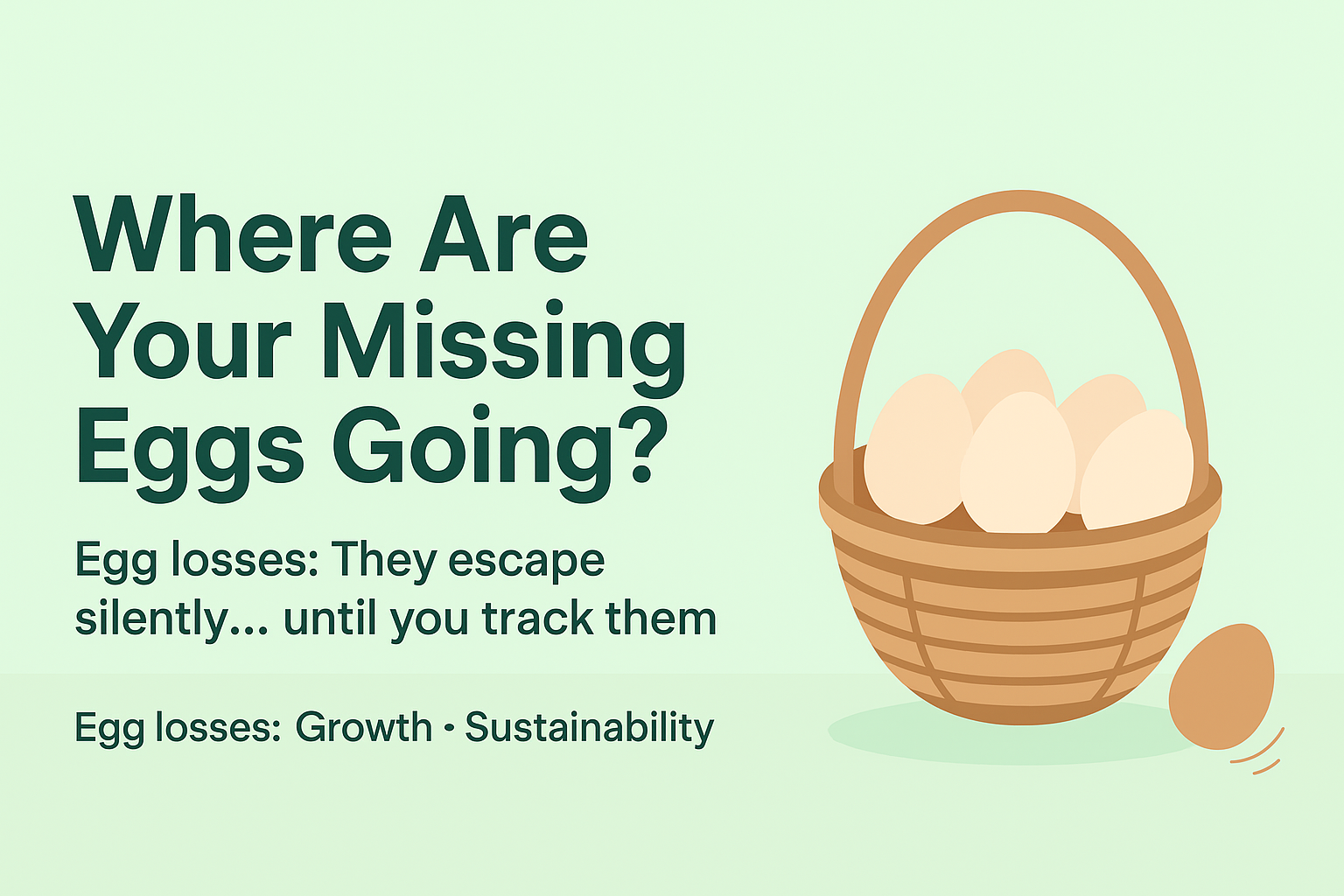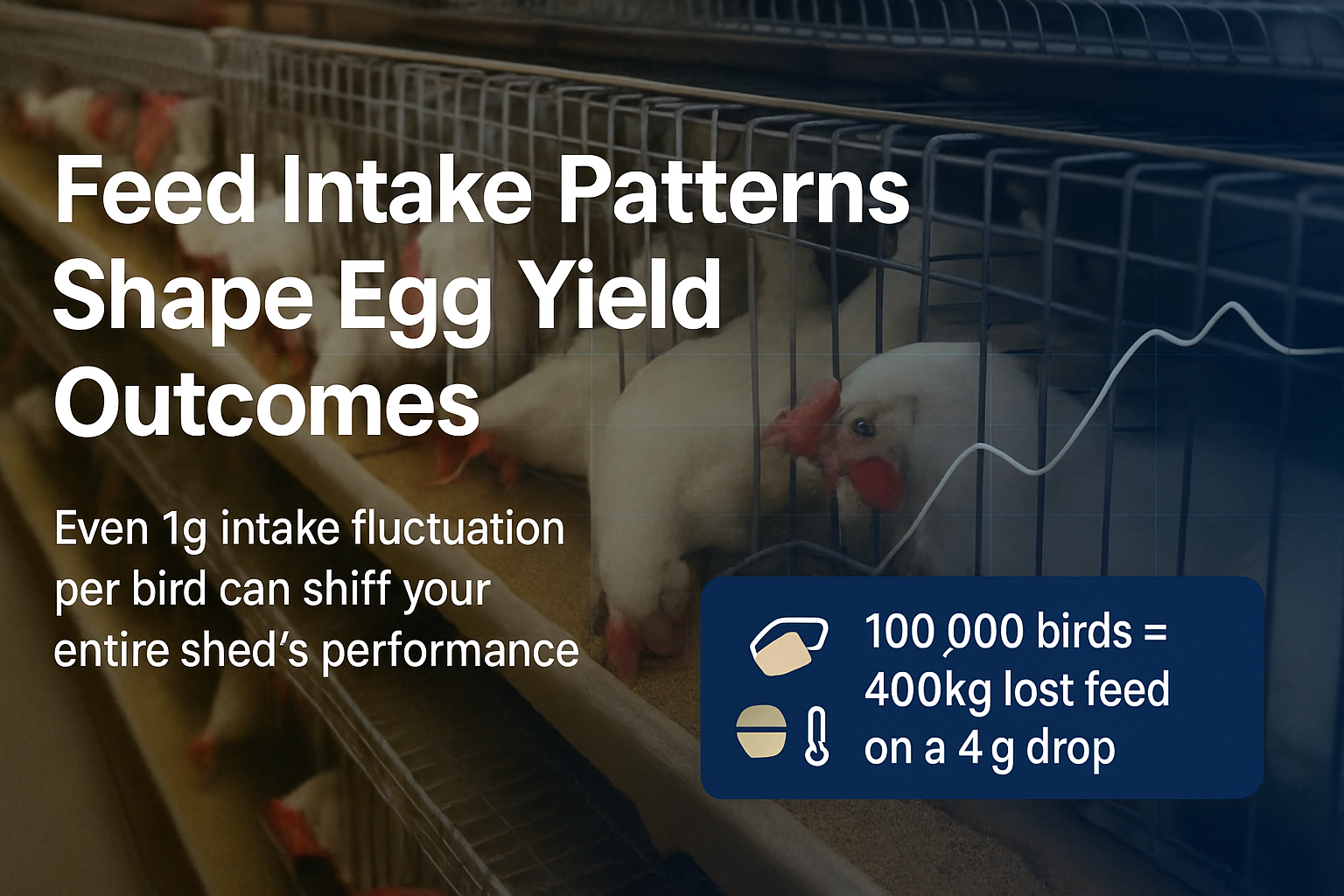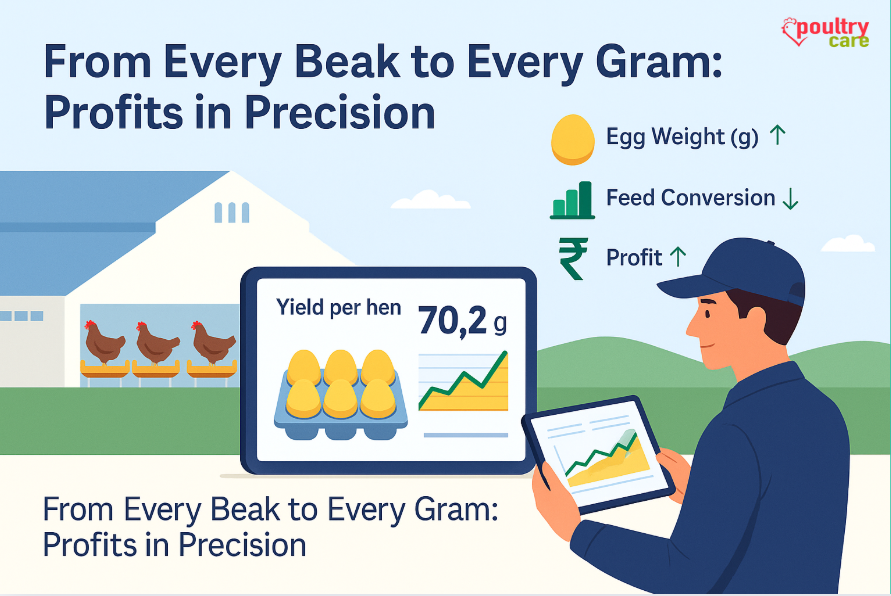In poultry farming, every egg holds value. An egg is more than just a shell with contents inside—it is an investment of time, resources, and farmer dedication. But many times, good eggs never make it to the market or fail to hatch. These hidden losses silently drain profits and leave farmers frustrated.
The big question is: Why do good eggs go missing, and how can farmers control this loss?
The answer lies in identifying where eggs are slipping away in the chain—from collection to storage, from grading to incubation. And the real solution today is not just more labor, but smarter tracking through poultry software.
Understanding Egg Loss in Poultry Farming
Egg loss is not always visible. Farmers often notice cracks, breakages, or infertile eggs, but there are deeper, silent issues that reduce both egg sales and chick production.
Common causes of egg losses:
-
Mishandling during collection and transportation.
-
Delays in storage or improper storage temperatures.
-
Weak fertility leading to poor hatching outcomes.
-
Unnoticed grading errors where market-quality eggs are wasted.
-
Human error in counting and recording egg production.
These small gaps create big losses. A farmer expecting full trays may find fewer market-ready eggs or lower hatchability percentages.
Example: A farmer collects eggs daily but, by the end of the week, realizes there are fewer saleable eggs than recorded. No visible theft, no massive breakages—but the missing count is real. That is silent egg loss.
Why Traditional Methods Fail
Many poultry farmers still depend on manual records, notebooks, or memory for tracking egg production. While this worked decades ago, the scale of today’s poultry operations has changed.
Problems with traditional tracking:
-
Paper records miss small errors.
-
No quick way to check egg losses shed by shed.
-
Delayed reporting makes losses visible only after weeks.
-
Human errors remain undetected until too late.
It’s like trying to find where water leaks from a bucket without lifting it—you only realize after it’s already half empty.
The Hidden Impact of Egg Losses
Egg losses are not just about eggs. They create a chain reaction:
-
Financial impact: Every missing egg is direct revenue loss.
-
Productivity impact: Fewer chicks reduce future flock strength.
-
Farmer stress: Unclear causes of loss affect decision-making.
-
Market gap: Buyers receive fewer eggs than expected, reducing trust.
A meme farmers often relate to is:
Expectation: All eggs hatch. Reality: Only some chicks walk out.
It may look funny online, but for farmers, it represents real income disappearing.
Controlling Egg Loss with Software
This is where technology brings clarity. Poultry farm management software acts like a magnifying glass—it tracks, records, and highlights every stage of egg movement.
Key benefits for farmers:
-
Accurate Egg Tracking: Each egg collected and graded is recorded. No more mismatched counts.
-
Hatchability Insights: Farmers know exactly how many eggs hatched, how many failed, and why.
-
Storage Monitoring: Alerts for delays or improper storage conditions.
-
Batch Performance: Identifies weak sheds or underperforming flocks.
-
Real-Time Reports: Farmers can act immediately instead of waiting for month-end surprises.
In short, the software ensures every egg is accounted for and every loss is explained.
From Losses to Profits
When egg losses are under control, farmers see:
-
Higher hatch rates.
-
More saleable eggs.
-
Lower wastage.
-
Increased profit margins.
This turns poultry farming into a predictable, data-driven business rather than a game of guesswork.
Future of Poultry Farming
The future belongs to farmers who use both skill and technology. Just as tractors replaced hand tools in agriculture, software is replacing paper records in poultry.
Modern poultry farming is about:
-
Smart data-driven decisions.
-
Reducing invisible losses.
-
Building trust with buyers and hatcheries.
-
Securing long-term profitability.
Farmers who adopt software now are setting themselves up for sustainable success. Those who delay often remain stuck in the cycle of missing eggs and missing profits.
Conclusion
Every egg counts. Every chick counts. And every decision a farmer makes counts even more.
When farmers use software to track, monitor, and manage egg flow, they gain control over hidden losses. Instead of wondering “where are my eggs going?”, they see the full picture—egg by egg, tray by tray, hatch by hatch.
The truth is simple: egg losses can be controlled, and technology makes it possible.







